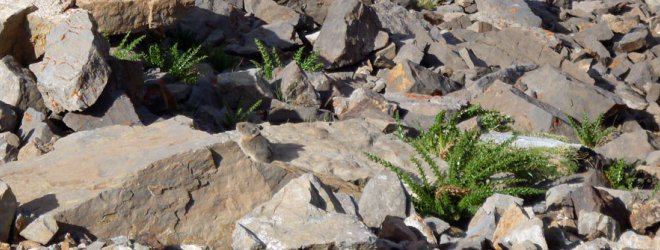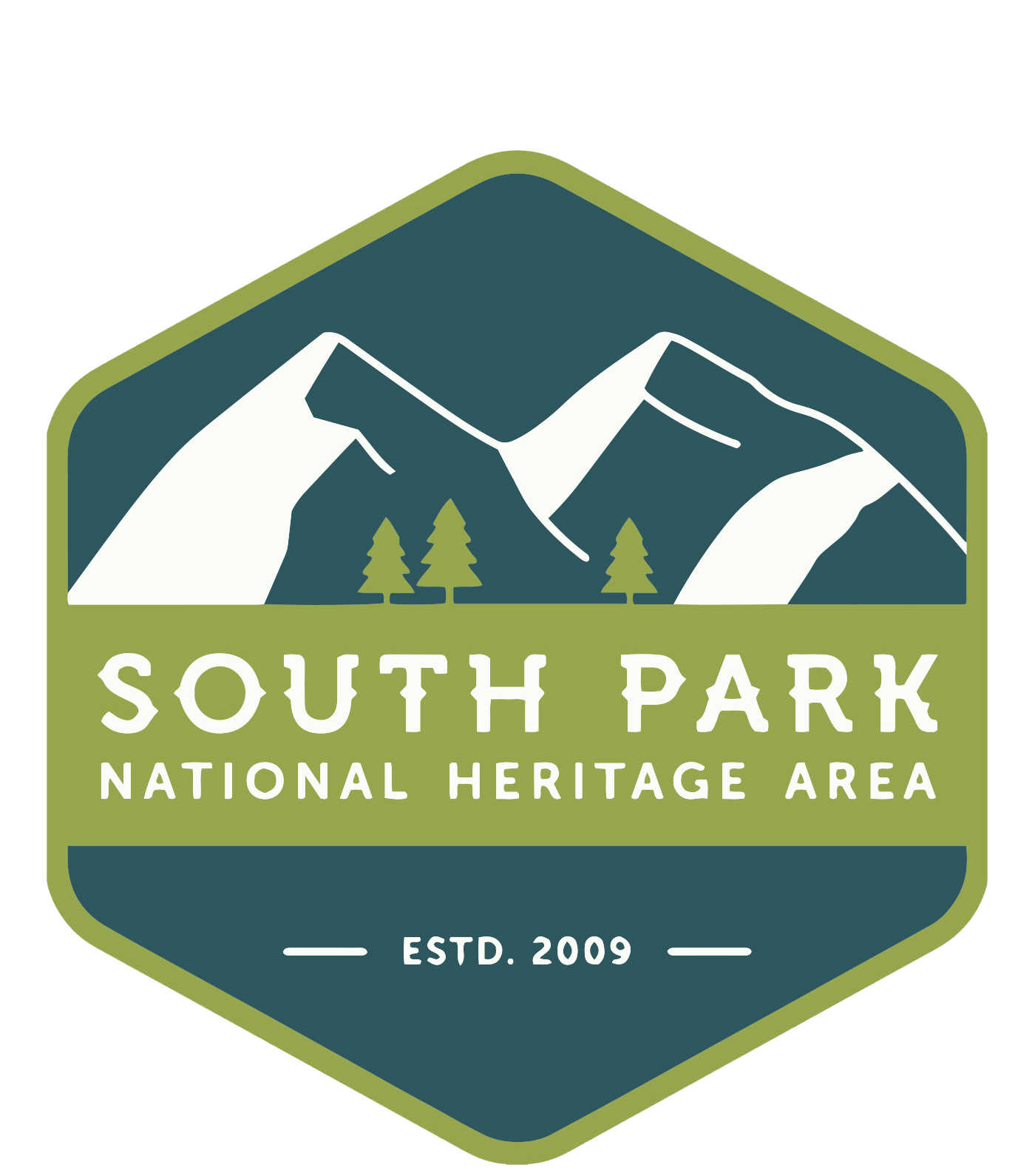South Park is a vast grassland basin, 50 miles long and 35 miles wide, situated in the geographic center of Colorado. In the basin, the elevation of the National Heritage Area is about 8,500 feet, while on the surrounding mountain peaks it rises to as high as 14,286 feet. The significance of South Park’s natural resources is directly linked to its high altitude. From canyons to grasslands to mountain summits, this landscape boasts a wealth of natural resources, some of which exist nowhere else in the world. More than 115 rare or imperiled plant and animal species have been documented in South Park, nearly 50 of which are considered globally significant.

South Park has a widely varied landscape, which includes portions of two nationally designated Wilderness Areas—Lost Creek (130,000 acres) and Buffalo Peaks (170,000 acres). Together, they support natural resources of national significance, including unique geologic formations, disappearing streams, ancient Bristlecone and Limber pine trees, globally rare plants, boreal toads, and the endangered lynx. In 1996, a portion of the Lost Creek Wilderness Area was designated as the Lost Creek National Natural Landmark, recognized for its remarkable rock formations and the disappearance and reappearance of Lost Creek. The landmark illustrates how the land was structured through weathering along joint planes.
Minerals
South Park is one of the richest sections of the Colorado Mineral Belt. The Colorado Mineral Belt runs through the Mosquito Range, which forms a portion of the western boundary of South Park. Intrusions of gold, silver, lead, and other minerals are present in host rock throughout the area but are generally thought to be most densely present in the Mosquito Range. The Sweet Home Mine, west of Alma, is unmatched for its deposits of rhodochrosite crystals, Colorado’s state mineral. The historic mining district of Alma was first known for its rich gold ore and later gained additional fame for its extremely rich silver mines.
Prehistoric Mammals
Important prehistoric uses of South Park have not been limited to human activities. Porcupine Cave is a unique Pleistocene fossil site located in the southern section of South Park. Paleontologists have stated that “its wealth of animal fossils is one of the most important paleontological sites for the study of Ice Age vertebrates in the world,” having yielded discoveries of at least 127 species of amphibians, reptiles, birds, and mammals. While fossils were likely not collected until the 1980s, it is possible the Hayden Survey visited the cave in the 1870s.
 Wetlands & Fens
Wetlands & Fens
It is estimated that South Park contains over 50,000 acres of wetlands, including intermediate, rich, and extreme rich fens. Fens are rare and unusual wetlands characterized by peat soils and calcium carbonate-rich groundwater. Fens also exist in the San Juan Mountains of Colorado and in Wyoming. South Park’s fens are typical of the sub-arctic environments found at northern latitudes. The extreme rich fens of South Park and their rare plant communities act as filtering agents to ensure high water quality for the area and constitute a natural heritage resource of global significance. First identified as extreme rich fens by David Cooper, Ph.D., in 1990, they generated excitement within the botanical and conservation communities because of their unusual nature and their extraordinary natural heritage value not only for Colorado, but for the world.
Water
Numerous meandering streams and tributaries of the South Platte River, including the Middle and South Forks, traverse South Park. Pressure from population growth along the Front Range led to the commoditization of water in South Park when it became possible to purchase rights to South Park water, remove it from local productive use, and convert it to consumptive use in another community. Over 80 percent of the water in South Park is now owned by Denver, Aurora, and other cities along the Front Range. This practice has greatly curtailed agriculture in South Park and influenced development patterns throughout the area. The construction of Antero Reservoir Dam by Denver Water in 1909 involved one of the earliest water purchases and transfers in the West.
Recent Posts
- 📰 Now Available: Read the Fall/Winter 2025 Edition of Our Magazine
- 🏛️ You’re Invited: Explore South Park’s Heritage at the 2025 SPNHA Open House
- Buckskin Cemetery Tour: Walking Through South Park’s History
- Wilkerson Pass: Gateway to South Park’s Summer Adventures
- 2025 SPNHA Grant Applications Now Open!

